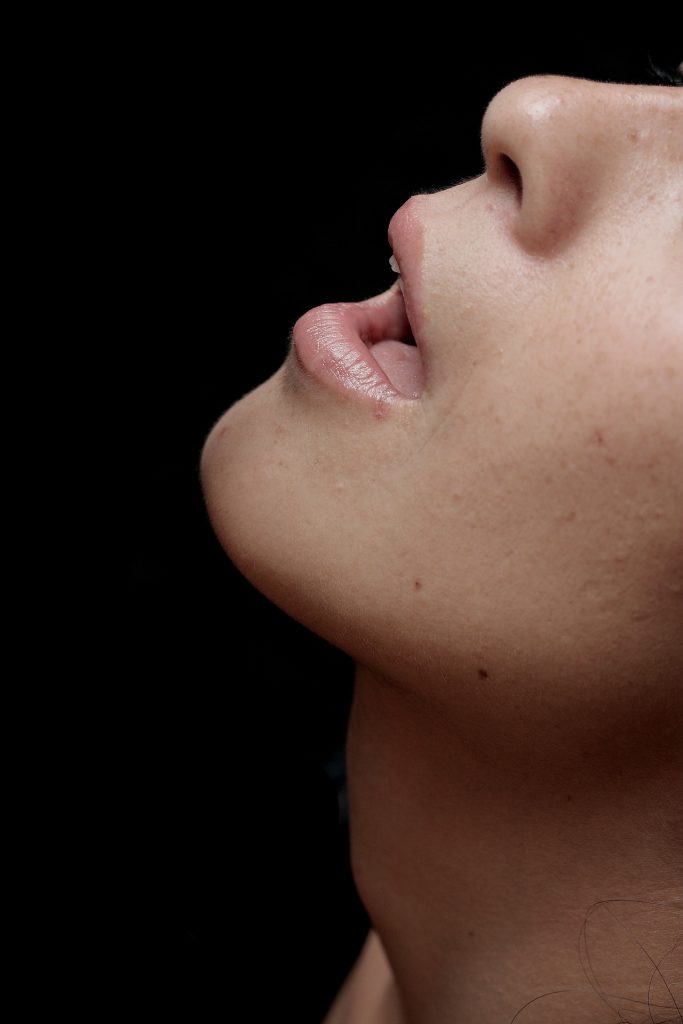TMJD: Definition, Symptoms, and Treatment

What Is TMJD?
Short for temporomandibular joint, TMJ is a joint that connects your jawbone to your skull. TMJD is, therefore, a term used for ‘temporomandibular joint dysfunction’. TMJD, or TMD, refers to pain and dysfunction of the muscles that move the jaw and the temporomandibular joints (TMJ). TMD is essentially an umbrella term used to refer to conditions that affect the jaw joint and the related muscles.
Causes of TMJD
It has been observed that people who tend to grind their teeth during their sleep or clench their jaw under stress are at greater risk of developing TMJD. Other contributing factors can also include Arthritis or structural problems. TMJ problems can also be caused by other conditions, such as fibromyalgia, chronic fatigue syndrome, or stress.
Regardless of how it is caused, these disorders are often accompanied by a wide range of symptoms, some of which can be mild and some that can be quite debilitating.
TMJD Symptoms
While the symptoms of TMJ syndrome can vary from one person to another, these will typically include some of the following:
- Pain in the ear, jaw, neck and face. The pain will normally be concentrated at the sides of the face and will feel especially worse while chewing.
- Someone suffering from TMJD will have trouble eating and may even have difficulty undergoing any dental examination. This is mostly because the dental exam requires the patient to open their mouth widely. If someone does have the TMJ syndrome, it will be very difficult for them to open their mouth wide.
- Changes in the ‘bite’, or in the way the teeth fit together.
- Popping, grating and/or clicking of the jaw whenever the mouth is opened or closed.
- In certain cases, there can even be locking of the jaw.
- Recurring headaches.
- Tenderness at the temporomandibular joint.
TMJD Treatment
Even if you are suffering from Temporomandibular Joint syndrome, there is some good news for you: There are things you can do on your own, at home to help manage the disorder and relieve the pain. But before you keep reading, we recommend seeing a health care professional [VP2] first. They will not only provide you with orthodontic treatment or a nightguard to treat the disorder, but they will also recommend jaw exercises that are better suited to your particular condition. Also, since many TMJ problems follow a cyclical pattern and get better without any treatment, the dental therapist will be able to assess what approach would be better for you. Doctors may even recommend mouth guards to stop you from grinding your teeth, prevent jaw clenching and realign your jaw.
Now that we’ve covered that, let’s go back to the self-care strategies you can adopt to manage TMJ problems:
- Practice stress management. This includes doing yoga, doing some deep breathing exercises, reading, meditating, and listening to calming music.
- Applying hot or cold packs to the area of the face that’s painful. Wrapping a hot water bottle with a washcloth could help. If you use ice, do not apply it directly to the skin and do not leave it for more than 15 minutes a time. Repeat once every hour until you feel better.
- Swapping hard to chew food items for soft foods that do not require a lot of mastication.
- Avoid all activities that stress the jaw, such as chewing gum and opening the mouth too wide when yawning. Opening the mouth too wide when singing must also be avoided.
- You can also try some over-the-counter anti-inflammatory pain medications, such as ibuprofen and acetaminophen, to help you manage the pain and swelling.
- Simple lifestyle changes can also help. These include not biting your nails or your lower lip.
Something else that can help is exercise

TMJ exercises are often recommended because they are believed to
- fortify the jaw muscles
- stretch and straighten the jaw
- improve mouth opening range
- enhance jaw mobility and reduce jaw clicking
- relax the jaw and promote jaw healing
The American Academy of Family Physicians (AAFP) recommend a few exercises that can help manage the pain improve jaw movement. Most of these exercises have frequency recommendations. It is advisable to talk with your doctor before attempting them as your healthcare professional will provide guidance regarding the number of times you should perform each of these exercises.
What If the Pain Is Unbearable?
If you’ve tried everything at home and nothing is working, or if the pain is too much to handle, it’s possible that your joints have been damaged. In this case, your doctor will generally recommend more invasive treatments, including corticosteroid injections into the TMJ. If they see no improvement, they might also suggest getting surgery done. But surgeries are typically an avenue that they pursue as a last resort.




I noticed that my brother has this habit of clenching his jaws whenever he’s stressed. Due to the effects of work from home set-up, he mentioned how this caused a lot of stress on him since his daily deliverables affect his personal time. Since he has been experiencing pain in his ear, jaw, neck, and face, I never knew that this is a common symptom of TMJ. Perhaps, we shall then visit an experienced orthodontist to provide him the proper treatment.